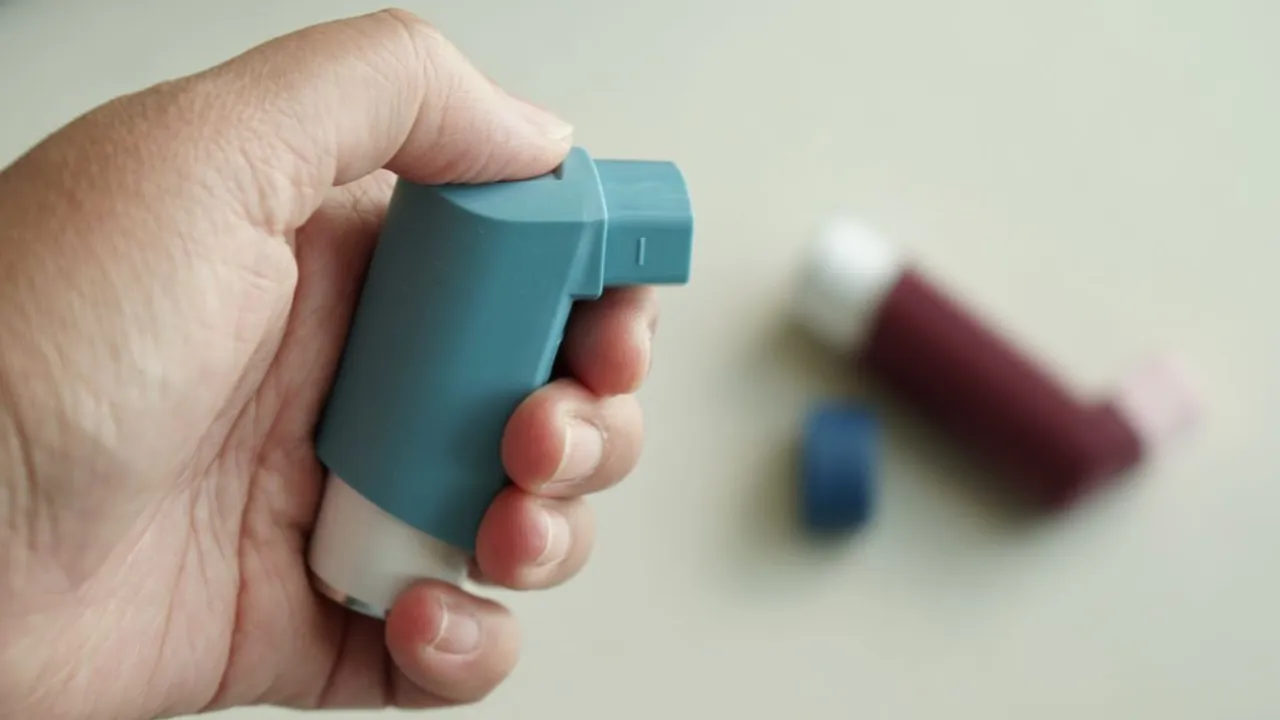Ventolin (Albuterol): Fast Relief for Asthma and COPD
Ventolin (albuterol) is a quick-acting inhaler used to relieve wheeze, shortness of breath, and chest tightness from asthma or COPD. It opens airways fast so you can breathe easier during attacks or before exercise. Think of it as a rescue tool, not daily control medicine.
Know how to use it right. Shake the canister, breathe out fully, place the mouthpiece in your mouth, press down and inhale deeply, then hold your breath for 5-10 seconds. If using a spacer, follow spacer instructions - it slows the spray and helps more medicine reach the lungs. Prime new inhalers by spraying into the air as the label says.
Typical adult rescue dose is one to two puffs every four to six hours as needed; do not exceed the prescribed amount. Children use lower doses; follow your doctor's directions exactly. If you find you need the inhaler more often than usual, call your healthcare provider - increased use can mean worsening control.
Common side effects include tremor, nervousness, faster heartbeat, and headache. These usually go away quickly. If you get chest pain, severe tremors, irregular heartbeat, or signs of an allergic reaction like rash or swelling, seek medical help right away.
Store Ventolin at room temperature away from heat and open flame. Keep the cap on to protect the mouthpiece. Check the dose counter or count sprays left so you don't run out unexpectedly. Don't expose the inhaler to freezing temperatures.
Interactions and cautions: tell your doctor if you take beta blockers, MAO inhibitors, tricyclic antidepressants, or certain diuretics. People with heart disease, high blood pressure, hyperthyroidism, or diabetes need a tailored plan. Pregnant or breastfeeding? Talk with your provider - albuterol is often used when benefits outweigh risks.
Practical tips that make a difference:
- Always carry your rescue inhaler. Keep one at home, at work, and during travel.
- Use a spacer for kids and anyone who struggles with coordination. It reduces mouth irritation and improves delivery.
- Keep a written action plan that shows how many puffs to take and when to seek help.
- Replace the inhaler when it's empty, even if it still sprays something - the dose may be too weak.
When to get emergency care
If rescue medicine fails to relieve breathing trouble, breathing becomes much harder, or lips and face turn blue, call emergency services immediately.
How to check your inhaler
Watch the dose counter. If there is none, ask your pharmacist how many sprays the canister holds and keep a log. Replace before it runs out.
Common questions
Can I use Ventolin before exercise? Yes - 10-15 minutes helps prevent attacks. Should I carry two inhalers? People do, keeping one spare. Ask your doctor about your plan.
Ventolin helps many people breathe easier, but it works best as part of a larger plan that includes prevention. Daily controller medications, trigger avoidance, and regular checkups keep attacks less frequent. If your rescue inhaler is becoming your main treatment, talk to your doctor about adjusting your asthma or COPD plan.

Order Ventolin Safely: A Comprehensive Guide to Procure Your Medication Securely
Hello, folks! Just as you, I too understand the importance of acquiring our essential medicines like Ventolin in a safe and secure manner. That's why today, I decided to put together a handy guide to help us navigate this process. In this post, we'll explore the ins and outs of ordering Ventolin safely from reputable sources. Let's dive in and ensure we get the medication we need without any hiccups.
Health and WellnessLatest Posts
Tags
- online pharmacy
- medication
- dietary supplement
- side effects
- online pharmacy UK
- medication safety
- mental health
- impact
- online pharmacies
- dosage
- antibiotic side effects
- skin health
- health
- pain relief
- dietary supplements
- massage therapy
- medication side effects
- eye inflammation
- health benefits
- mental health treatment




